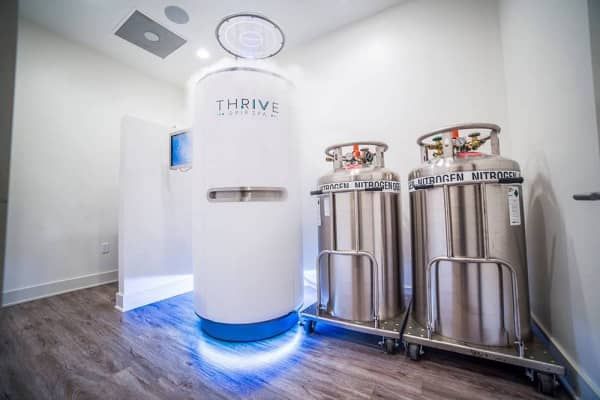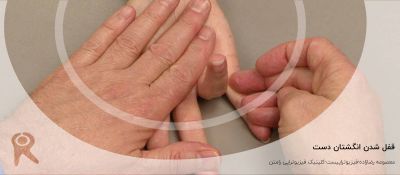Application Methods
The most common method of cryotherapy is the use of ice packs. There are different types of ice used in ice packs. The most common types are ice packs made with cubed, crushed and wetted ice. It was discovered that wetted ice is better to lower surface temperature during treatment and maintaining the lower temperature during recovery. It is also more effective in lowering the intramuscular temperature during treatment.
A cooling effect can also be produced by icing spray for a similar effect.
More recently whole body cryotherapy has become popular for athletes, to help aid recover, as well as in persistent pain patients such as rheumatological conditions. More research is needed to understand the effect on the body and its relation to pain.
Conditions treated
- Acute soft tissue injuries e.g. ankle sprain, muscular strain
- Post orthopaedic surgery e.g. TKR, ACL reconstruction, arthroscopic shoulder surgery.
- Acute sports injuries
- DOMS
Pros
- Pain relief
- Swelling reduction
- Decreased surface temperature
- Effective on a wide range of soft tissue injuries
Cons
- Little evidence regarding duration and frequency of treatment to be effective
- Compression has been shown to be more effective post operatively
- In rare cases bradycardia and frostbite symptoms have been observed.
- Some more advanced cryotherapy devices can reduce range of movement following TKR due to immobilisation of the joint.
Possible Risks/Undesirable Effects
Inhibit Muscle Function
- Cooling can temporarily Inhibit muscle function with potential for increased risk of injury/re‐injury
- Be cautious when having patients weight bear/undertake complex exercise after icing a lower extremity
Ice Burn
Elderly patients with impaired sensation and/or circulation will be more vulnerable to an ice‐burn, therefore consider using less intense icing techniques (e.g., moderately cold ice pack wrapped in an insulating layer(s) of toweling)
- Younger patients with intact sensation and circulation may benefit most from direct immersion of the limb in cold water then progressively adding ice cubes
- Cold gel packs stored in a freezer have a surface temperature below 0°C (32°F) and thus an insulating layer should be used between the cold pack and the patient’s skin
Cryotherapy‐Induced Nerve Injuries
- Most common when cold is applied in combination with compression
- Check capillary refill during application of ice combined with compression therapy to ensure adequate blood flow










